Emirates Group posts strong half-year performance for 2015-2016
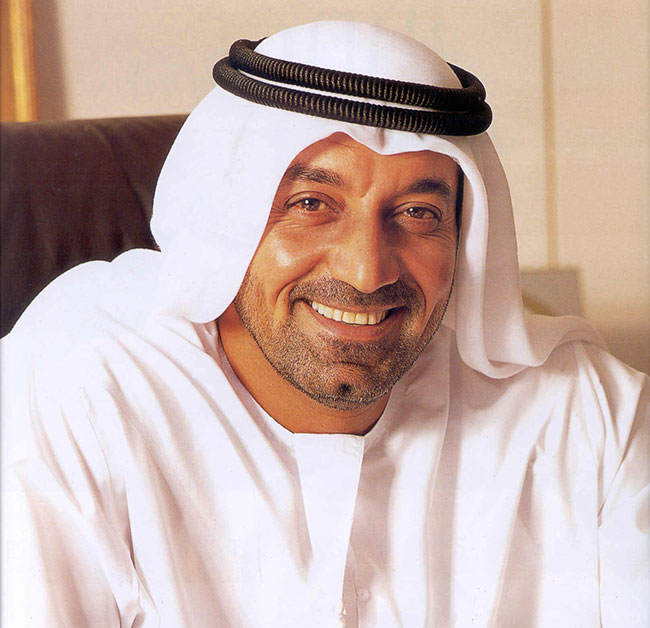 Accordingly, the group marked one of its best half-year profit performances ever, with net profit rising to AED3.7 billion ($1 billion), up 65 per cent over the last year’s results.
Accordingly, the group marked one of its best half-year profit performances ever, with net profit rising to AED3.7 billion ($1 billion), up 65 per cent over the last year’s results.
Its cash position on September 30, 2015 was at AED14.8 billion ($4 billion), compared to AED20 billion ($5.5 billion) as at March 31, 2015. This is due to ongoing investments mainly into new aircraft, airline related infrastructure projects, and business acquisitions.
Meanwhile, its revenue reached AED46.1 billion ($12.6 billion) for the first six months of its 2015-16 financial year, down 2.3 per cent from AED 47.2 billion ($12.9 billion) during the same period last year, reflecting the impact of the strong US dollar against major currencies.
“That the Group is reporting one of its most profitable first half-year performances ever, speaks to the strength of our underlying business,” said Sheikh Ahmed bin Saeed Al Maktoum, chairman and chief executive, Emirates Airline and Group
“Looking ahead, we will continue to build on our core strengths by investing in new ways to improve efficiencies and deliver the best customer outcomes. At the same time, we will keep an eye out for strategic growth opportunities, and stay agile so that we can respond effectively to external challenges,” he added.
In the past six months, the group continued to develop and expand its employee base, increasing its overall staff count by 4 per cent to over 87,000 compared with March 31, 2015.
Emirates airline
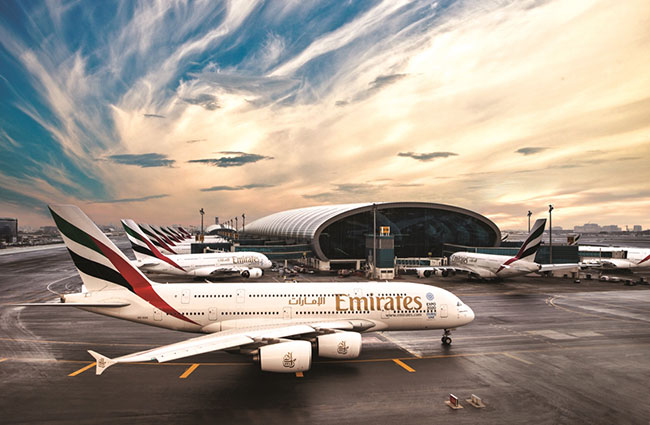
During the first six months of the financial year Emirates received 13 wide-body aircraft – 8 A380s, and 5 Boeing 777s.
It also retired 4 older aircraft, resulting in a net increase of nine new aircraft for its fleet, with 16 more new aircraft scheduled to be delivered before the end of the financial year (March 31, 2016).
Emirates also expanded its global route network by launching services to four new destinations – Bali, Multan, Orlando, and Mashhad. As of September 30, Emirates’ global network spanned 147 destinations in 79 countries. Bologna came online on November 3, and Panama City will be launched on February 1, 2016.
Operating the world’s largest fleet of A380s and the largest fleet of Boeing 777s, Emirates continues to provide ever better connections for its customers across the globe with just one stop in Dubai.
In the first half of the 2015-16 financial year, Emirates net profit is AED3.1 billion ($849 million), up 65 per cent from the same period last year.
This performance reflects the impact of lower fuel prices, and also the airline’s continued ability to grow passenger demand in line with significant capacity growth, despite external challenges such as continued regional unrest and economic malaise in many regions, and increased competition adding downward pressure on yields.
dnata
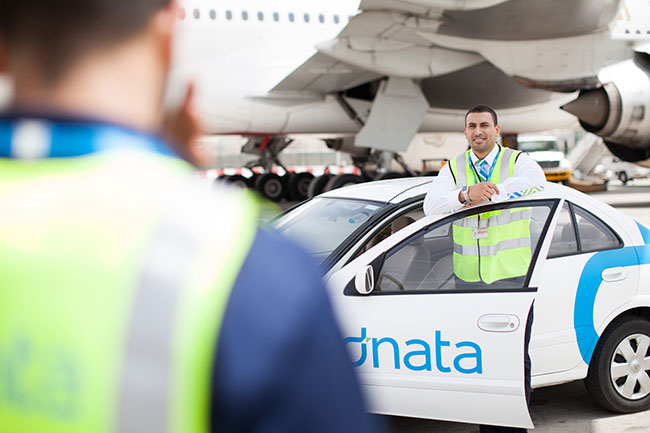
Another chief member of Emirates Group- dnata which is one of the largest air services providers globally- continued to grow its international business footprint, investing in infrastructure and operations which now span 74 countries.
In the first half of 2015-16, dnata’s international operations accounted for over 67 per cent of its total revenue.
dnata’s revenue, including other operating income, is AED5.2 billion ($1.4 billion), a strong 27 per cent increase compared to AED4.1 billion ($1.1 billion) last year.
Overall profit for dnata increased by 64 per cent to AED557 million ($152 million). This outstanding performance was underpinned by the first full year contribution of dnata’s major acquisitions Stella Group, and Toll dnata.
dnata’s airport operations remained the largest contributor to revenue with AED2.4 billion ($645 million), a 21 per cent increase compared to the same period last year.
This reflects the internal alignment of dnata’s airport services and cargo handling divisions, its growing international operations with the acquisitions in Australia and Europe.
What the stars mean:
★ Poor ★ ★ Promising ★★★ Good ★★★★ Very good ★★★★★ Exceptional
Latest News
More News
- SABECO to elevate Vietnam's beverage industry to global standards (November 21, 2024 | 17:36)
- ABeam Consulting Vietnam introduces BSQCD Purchasing Strategy Framework (November 21, 2024 | 16:40)
- Major railway requires debt considerations (November 21, 2024 | 12:07)
- Reviving a new life cycle for plastic waste (November 21, 2024 | 09:16)
- Key balances maintained for industrial production (November 21, 2024 | 08:00)
- Ecolean Vietnam honoured with prestigious sustainability award (November 19, 2024 | 10:01)
- HEINEKEN Vietnam’s clear path towards net-zero (November 18, 2024 | 15:13)
- VLCA 2024 honours corporate governance excellence as listed companies raise the bar (November 18, 2024 | 09:00)
- High-tech personnel to drive competition (November 17, 2024 | 09:21)
- Rising use of Generative AI Apps boosts consumer interest in differentiated connectivity (November 16, 2024 | 09:41)




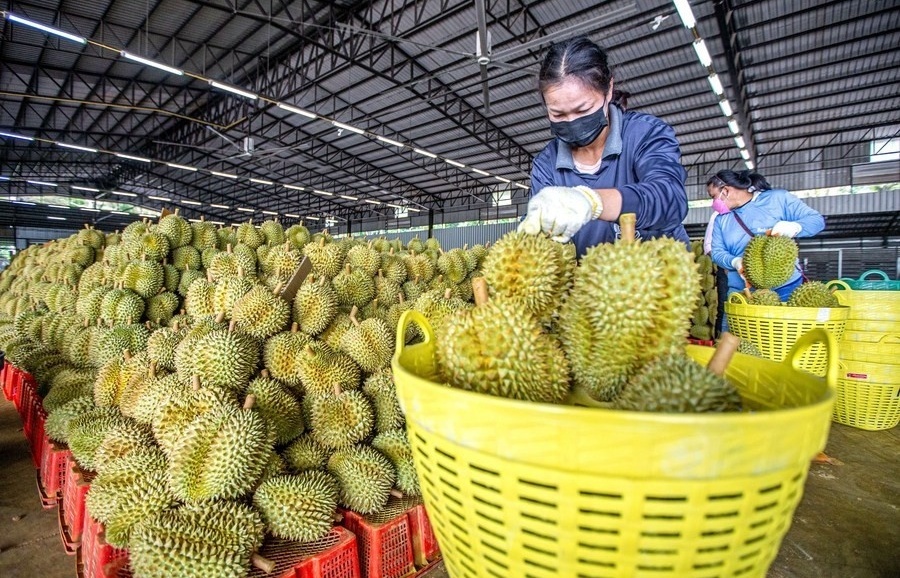
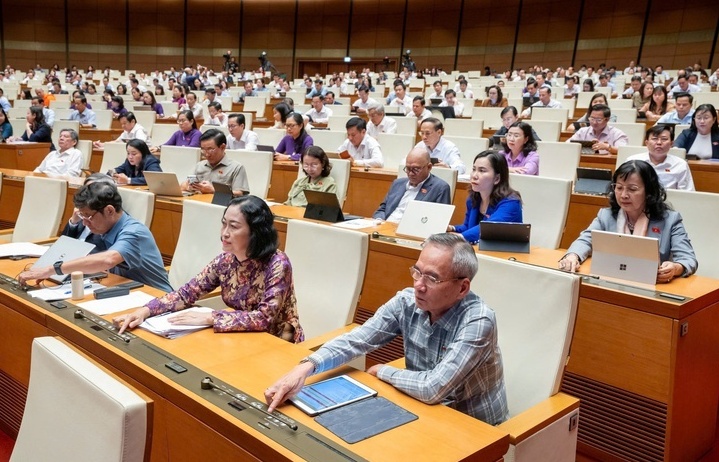

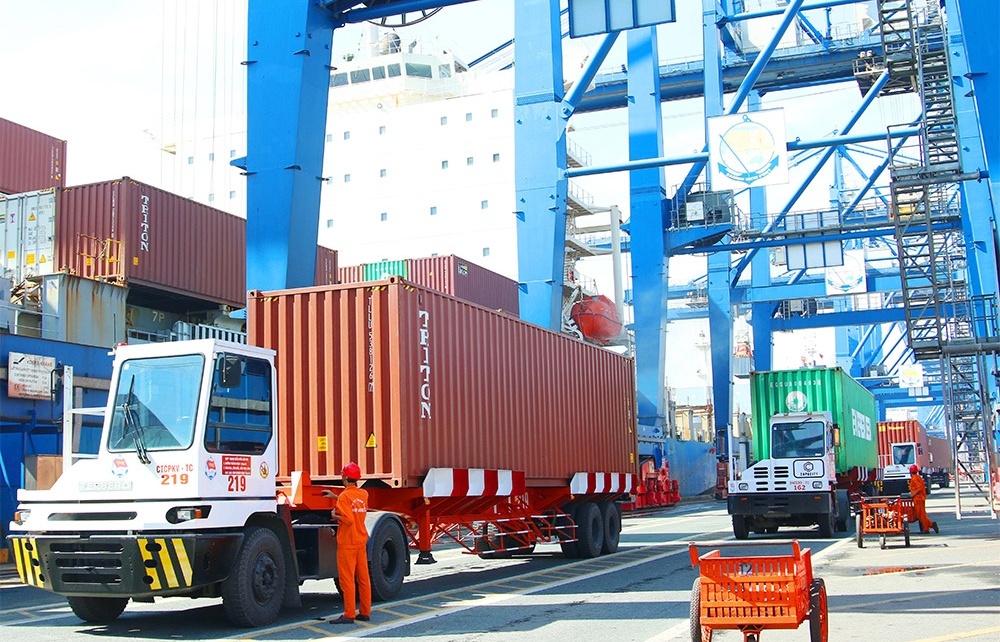











 Mobile Version
Mobile Version